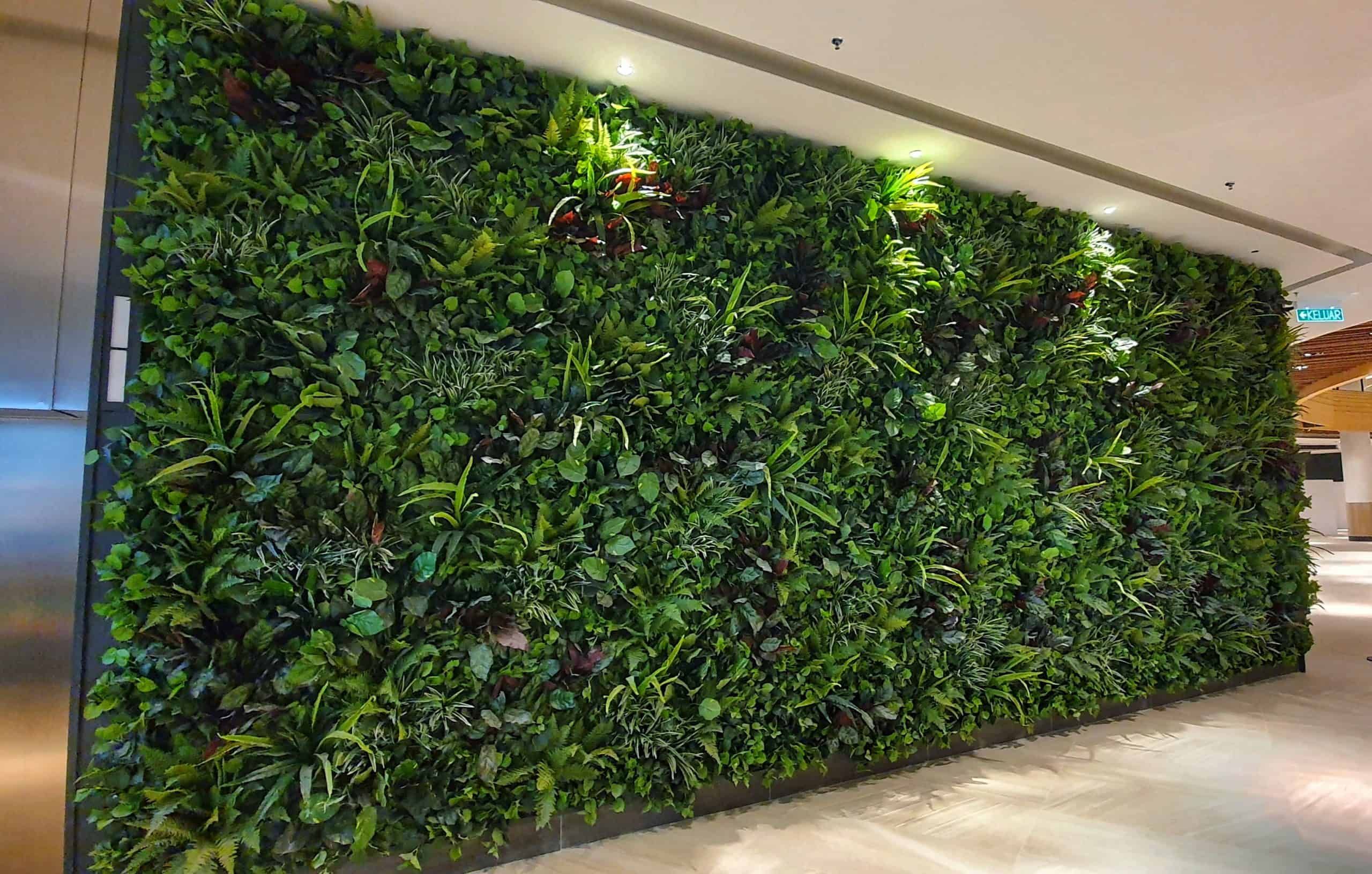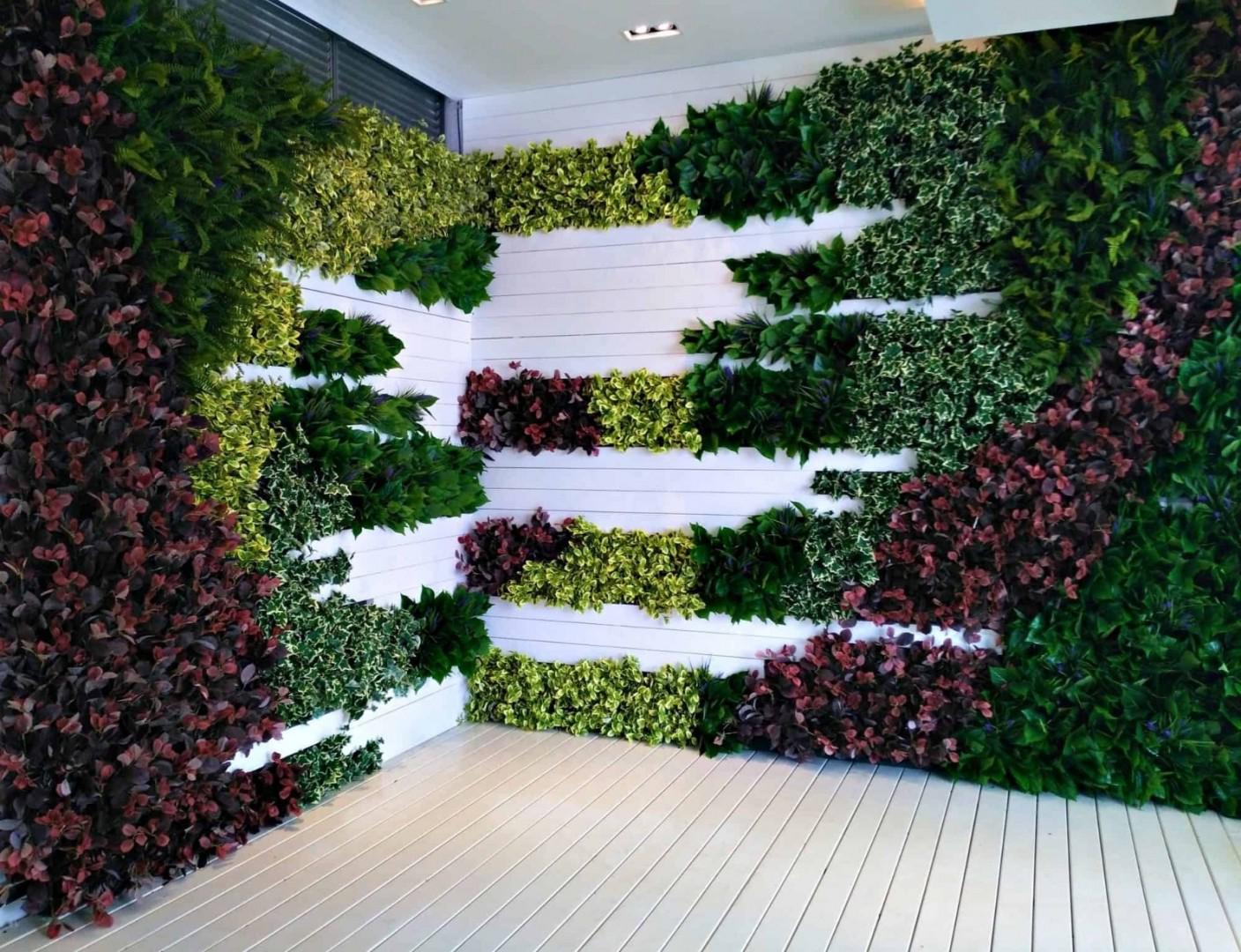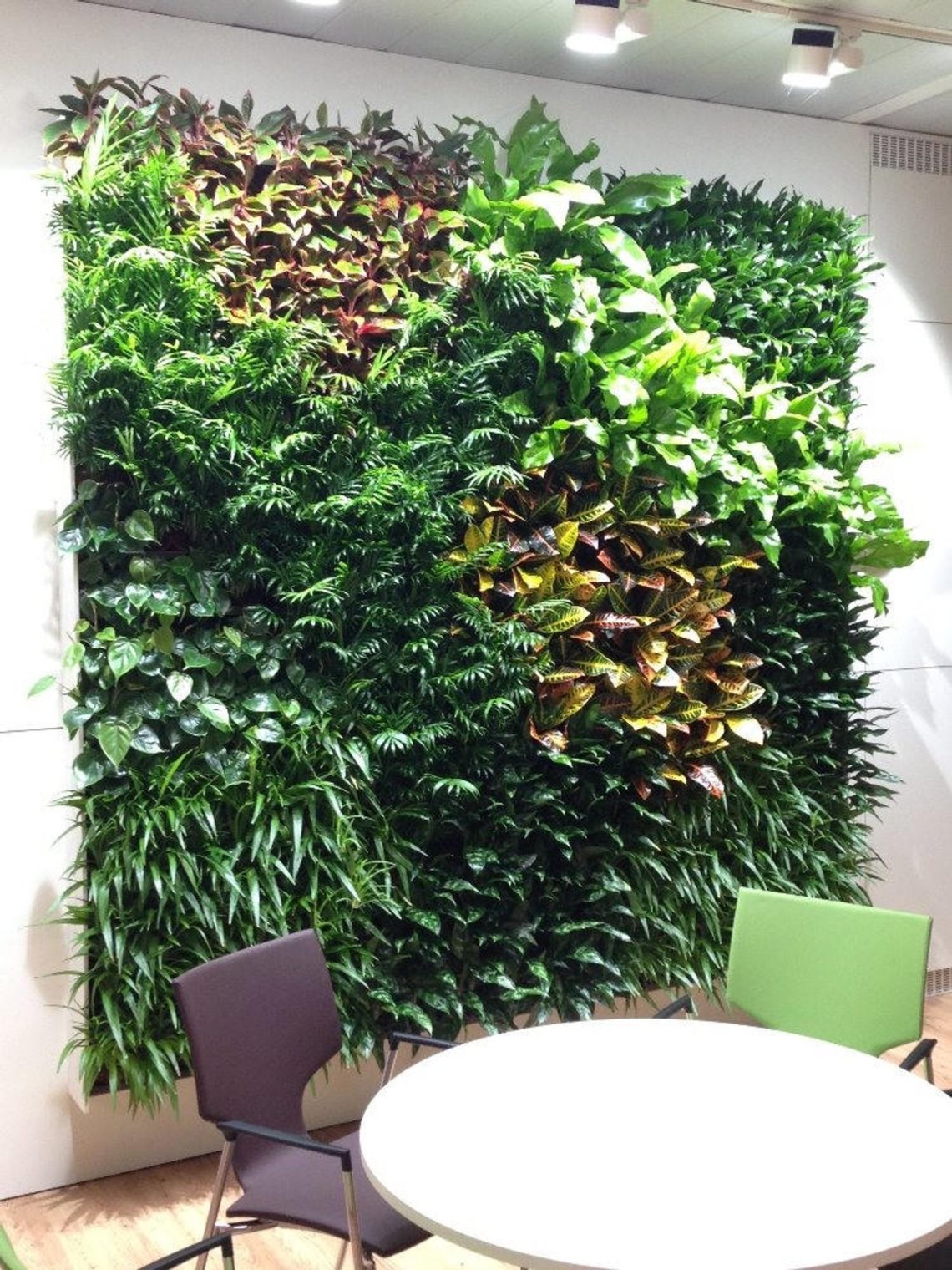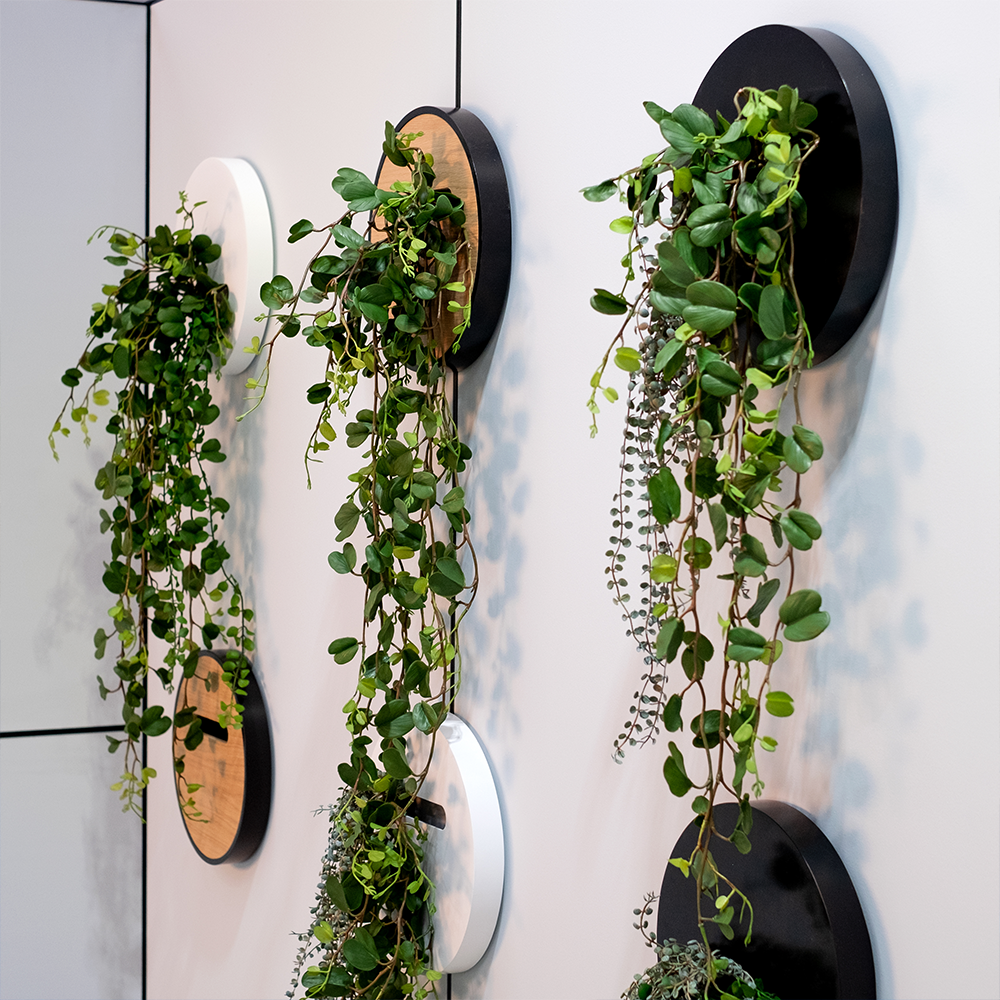
Vertical gardens are one of the most effective ways to make up for a lack of space in many homes, particularly in urban areas. It is the most effective and convenient method to enjoy a bit of nature in a city setting. However, when creating an artificial vertical garden, a number of factors must be considered in order for it to appear lush and the plants to appear lovely and appealing. Continue reading if you want to learn how to construct an artificial vertical garden step by step. We’ll figure it out for you!
What is an Artificial Vertical Garden?
Artificial vertical gardens (AVGs) are plants grown in racks or frames that can be indoors or outdoors. There are many types of AVGs, but the most common are those that use LED lighting and water spray to simulate the sun and rainfall, respectively. AVGs can be used to grow a variety of plants, including vegetables, fruits, flowers, and herbs. They can also provide a habitat for invertebrates, birds, and bats.
Where to Make an Artificial Vertical Garden?

The first step in creating an artificial vertical garden is to choose a suitable place. Several things will have to be considered in this regard:
- Choosing the ideal location: the first consideration must be that the location chosen is the most appropriate. Because a vertical garden is still a decorative element that takes up space, it’s critical that it’s not placed in a high-traffic area or somewhere that can obstruct the flow of daily activities. Similarly, it is critical to choose a location that is sufficiently visible without obstructing the passage. Because the purpose of an artificial vertical garden is to embellish, it should not be placed in an inconspicuous location.
- Adapt the design and structure to the location where it will be installed: it is also critical to determine the size and shape of the artificial vertical garden, as this will allow us to be more specific in our creation.
- Make a list of the materials we’ll need: this will help us specify the elements we’ll need for the project’s construction, as well as avoid buying more than we’ll need.
Assemble the Structure of the Artificial Vertical Garden
It will be time to arrange the structure that allows the plants to be positioned vertically once we have chosen the ideal location for the artificial vertical garden. Prefabricated structures that adapt well to most areas, especially small spaces, are available in this sense. You can, however, choose to erect the structure yourself. Materials such as wood and wire, as well as repurposed plastic bottles, can be used for this operation.
Once we’ve found the right place for the artificial vertical garden, it’ll be time to set up the structure that allows the plants to be positioned vertically. In this regard, prefabricated constructions that adapt well to most settings, particularly small ones, are available. However, you have the option of erecting the structure yourself. This procedure can be carried out with materials such as wood and wire, as well as reused plastic bottles.
How to Make an Indoor Vertical Garden with Artificial Plants

When creating an interior vertical garden using artificial plants, it’s important to remember that they don’t require the same level of care as actual plants. As a result, we’ll have a lot more leeway when it comes to designing the artificial vertical garden. When it comes to making the artificial vertical garden look lovely, one of the most important ideas is to keep it lush. That is, the number of plants we put in the garden will be sufficient to cover the structure. The appearance of an artificial vertical garden that allows the interior structure to be seen is poor or unfinished. As a result, it’s critical that we cover the entire area with both large and small plants.
Another element to consider is simulating the feeling of natural scents. To do this, we can place one or more flower-scented air fresheners in the vertical garden’s rear. As a result, we will be able to smell the garden every time we come close to it, creating a far more authentic experience. Lavender is one of the most potent and long-lasting scents, so it’s a wonderful place to start.
How to Make an Outdoor Vertical Garden with Artificial Plants

We’ll need to follow the same methods to create an outdoor vertical garden with artificial plants that we’ve already described. However, it is also critical that we consider a number of crucial factors in order to prevent it from quickly deteriorating.
The outdoors, in this respect, is a far more hazardous setting for our artificial vertical garden. As a result, it’s critical to choose plants that aren’t made of fabric but of plastic or other water-resistant materials.
It’s also a good idea to put the garden somewhere where the light doesn’t shine directly on it, as this might cause artificial plants to lose their color or even disintegrate quickly, necessitating replacement after a few months.
What To Plant in an Artificial Vertical Garden?
Artificial vertical gardens can be created in a variety of ways, from using commercially available kits to creating your own from scratch. Here, we outline the different types of artificial vertical gardens and suggest some plants that can be used in each.
Indoor Vertical Gardens:
The most common type of artificial vertical garden is the indoor garden. This type of garden uses hanging plants or other types of plants that are suspended from the ceiling or walls using wires or rods. These gardens can take a lot of creativity to design, as you need to find a way to suspend the plants so they don’t touch each other or the ground. Some popular plants for indoor vertical gardens include ferns, ivy, and philodendrons.
Outdoor Vertical Gardens:
The second most common type of artificial vertical garden is the outdoor garden. This type of garden uses plants that are planted in pots that are placed on a frame or stand. The advantage of an outdoor garden is that it can be placed in any location that has access to sunlight and a bit of space. Some popular plants for outdoor vertical gardens include roses, petunias, and azaleas.
Conclusion
If you’re looking for an easy way to add some greenery and beauty to your home, an artificial vertical garden might be the perfect solution. Not only is it relatively easy to set up, but it also requires little maintenance – you simply need to water it! Whether you want an indoor or outdoor vertical garden, we have a list of the best artificial vertical gardens on the market today so that you can find the perfect one for your needs.






